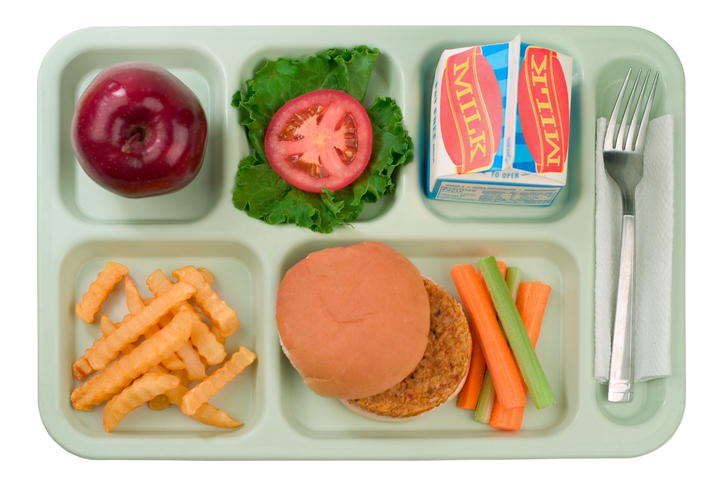In two ways, a proposed USDA rule change would leave more Kentucky children hungry. The change would make it harder for families to qualify for the Supplemental Nutrition Assistance Program (SNAP), putting at risk benefits for 42,000 Kentuckians including households with children. And it would reduce the number of kids eligible for free school meal programs that only recently expanded across the commonwealth.
SNAP is one of the most effective anti-hunger initiatives in the U.S. As of 2017, 258,000 children in Kentucky got help with meals through this form of assistance. Kentucky is one of 42 states that have utilized what is called Broad-Based Categorical Eligibility (BBCE) for over two decades to increase SNAP accessibility. Kentucky takes advantage of BBCE by foregoing the administrative burden of evaluating certain household assets in the eligibility determination process. Without BBCE as currently practiced, relatively small amounts of savings — up to $3,500 for seniors and Kentuckians with disabilities and $2,250 for all other households — and other forms of assets would count against families’ ability to qualify for food assistance.
The proposed policy would severely restrict BBCE and have detrimental effects on households with children. It would both reduce their families’ household food budget and limit their access to the free school meals they need to fuel their education.
According to the Kentucky Department of Education, 1,311 school meals sites (including schools, churches or community centers) participate in free and reduced meal programs, and 985 of them (all public schools) spanning 115 Kentucky counties participate in what is called Community Eligibility (CE). CE allows schools with at least 40% of families who qualify for free or reduced lunch (often because of SNAP participation) to provide free breakfast and lunch for all students at the school. The program began in 2011 and has since expanded across Kentucky. Currently, 497,000, or 77% of Kentucky schoolchildren receive free breakfast and lunch through CE out of 647,000 enrolled kids.
But as families lose eligibility for SNAP under the proposed USDA rule change, thousands of kids are at risk of losing access to CE and facing additional costs to receive meals. In those schools that are not CE, individual kids could also lose access to free and reduced price meals.
In terms of costs, the USDA estimates the rule would create $2.3 billion in SNAP administrative costs across the country. Schools and parents would face additional administrative burden and costs as well. Families struggling to pay for school meals will have to navigate new individual applications and schools will have to process this paperwork. The additional burden to low-income families will lead to hungry children falling between the cracks, losing access to daily nutrition.
SNAP and free school meals provide children in families with low incomes a critical source of daily nutrition and contribute to greater school success. Children who are able to participate these programs have better long-term health outcomes including lower rates of diabetes and obesity, as well as better academic achievement. Creating barriers to children’s access to SNAP and free school meals has detrimental impacts to life-long learning and quality of life.
See our full comments to the USDA here.




